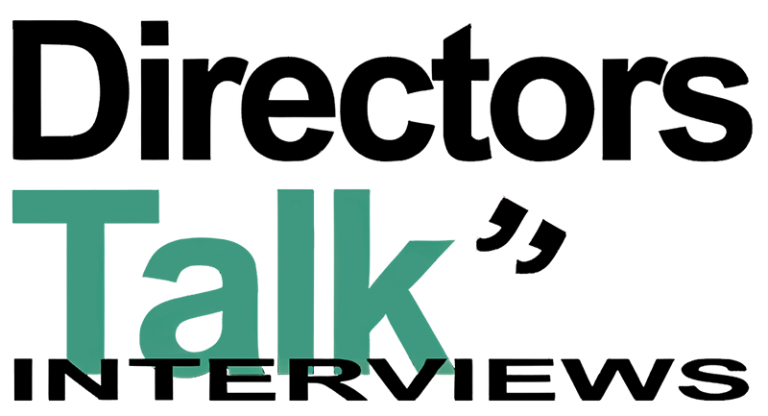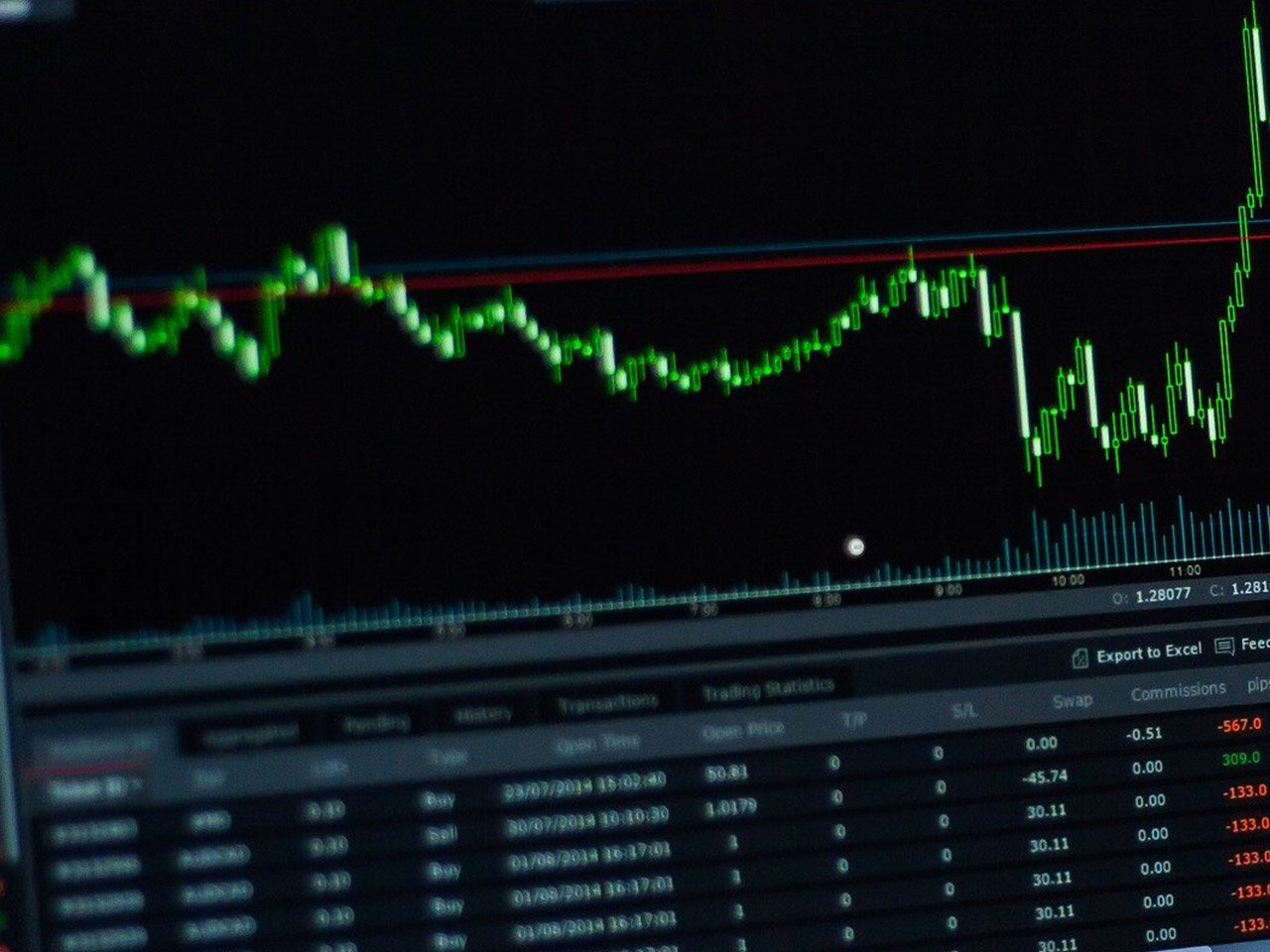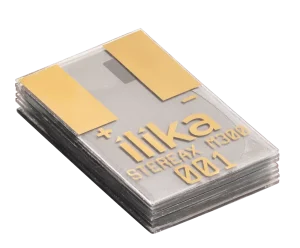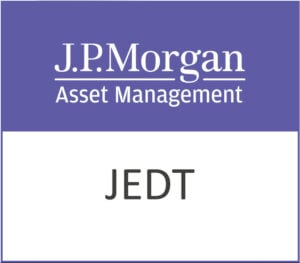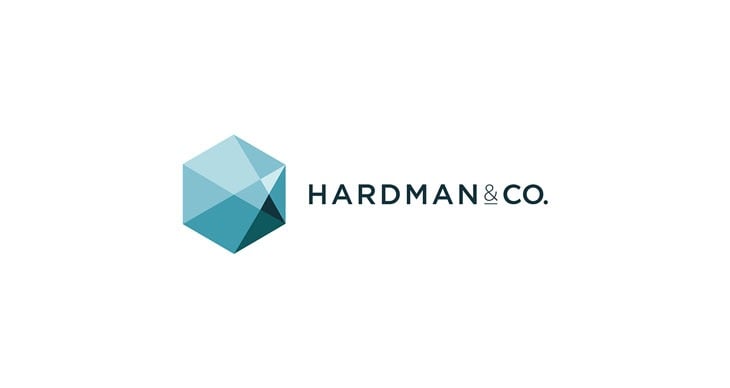Owens & Minor, Inc. (NYSE: OMI), a longstanding player in the healthcare sector with roots dating back to 1882, is currently navigating a challenging landscape marked by significant disparities in its financial metrics. As a key player in the medical distribution industry, Owens & Minor serves a broad spectrum of healthcare providers, offering a diverse range of products and services. Despite recent financial hurdles, the company presents a potential upside of 11.82%, capturing the interest of value-focused investors seeking opportunities within the healthcare domain.
Owens & Minor’s current stock price stands at $5.47, having experienced a negligible price change in recent trading. Its 52-week range reveals a volatile journey, with the stock fluctuating between $4.63 and $16.18, underscoring the challenges and opportunities within this sector. The company’s market capitalization of $422.53 million reflects its significant presence in the healthcare industry, though it also hints at underlying vulnerabilities that investors should consider.
From a valuation perspective, Owens & Minor presents a mixed bag. The absence of a trailing P/E ratio and N/A PEG and Price/Book ratios may be cause for concern among traditional value investors. However, the forward P/E ratio of 5.56 suggests potential undervaluation, especially for those with a long-term investment horizon. This metric, combined with an attractive free cash flow of over $250 million, signals potential financial resilience despite current earnings challenges.
Performance metrics reveal further complexities. With a revenue growth rate of 3.30%, Owens & Minor is achieving modest top-line expansion. Yet, the bottom-line figures are less encouraging, with a negative EPS of -5.61 and a concerning return on equity of -148.42%. These figures highlight significant profitability challenges, which the company will need to address to regain investor confidence.
Dividend-seeking investors may be disappointed, as Owens & Minor currently offers no dividend yield, reflecting a payout ratio of 0.00%. This conservative approach to capital allocation could indicate a strategic focus on reinvestment into the business or debt management, rather than returning capital to shareholders in the form of dividends.
The sentiment among analysts is varied, with three buy ratings, one hold, and two sell recommendations. The target price range of $4.70 to $7.00 suggests a cautious optimism, with an average target price of $6.12 offering a potential upside from current levels. This spectrum of analyst opinions reflects the broader market uncertainty surrounding Owens & Minor’s ability to overcome its profitability hurdles.
Technical indicators provide additional context. The stock’s 50-day and 200-day moving averages, at $6.62 and $8.96 respectively, indicate a bearish trend, with the current price trailing these longer-term averages. Meanwhile, the Relative Strength Index (RSI) of 52.71 suggests a neutral position, neither oversold nor overbought, providing a potential entry point for investors willing to bet on a turnaround.
Owens & Minor’s strategic focus on two primary segments—Products & Healthcare Services and Patient Direct—positions it well to capitalize on the growing demand for healthcare solutions. By offering comprehensive services ranging from medical supply distribution to in-home patient care, the company leverages its extensive network and longstanding industry relationships to maintain its market position.
Investors considering Owens & Minor should weigh the company’s potential for recovery against its current financial challenges. While the stock offers an appealing upside, it is crucial to monitor the company’s efforts to improve profitability and operational efficiency. As the healthcare landscape continues to evolve, Owens & Minor’s ability to adapt and innovate will be key to unlocking value for its shareholders.

